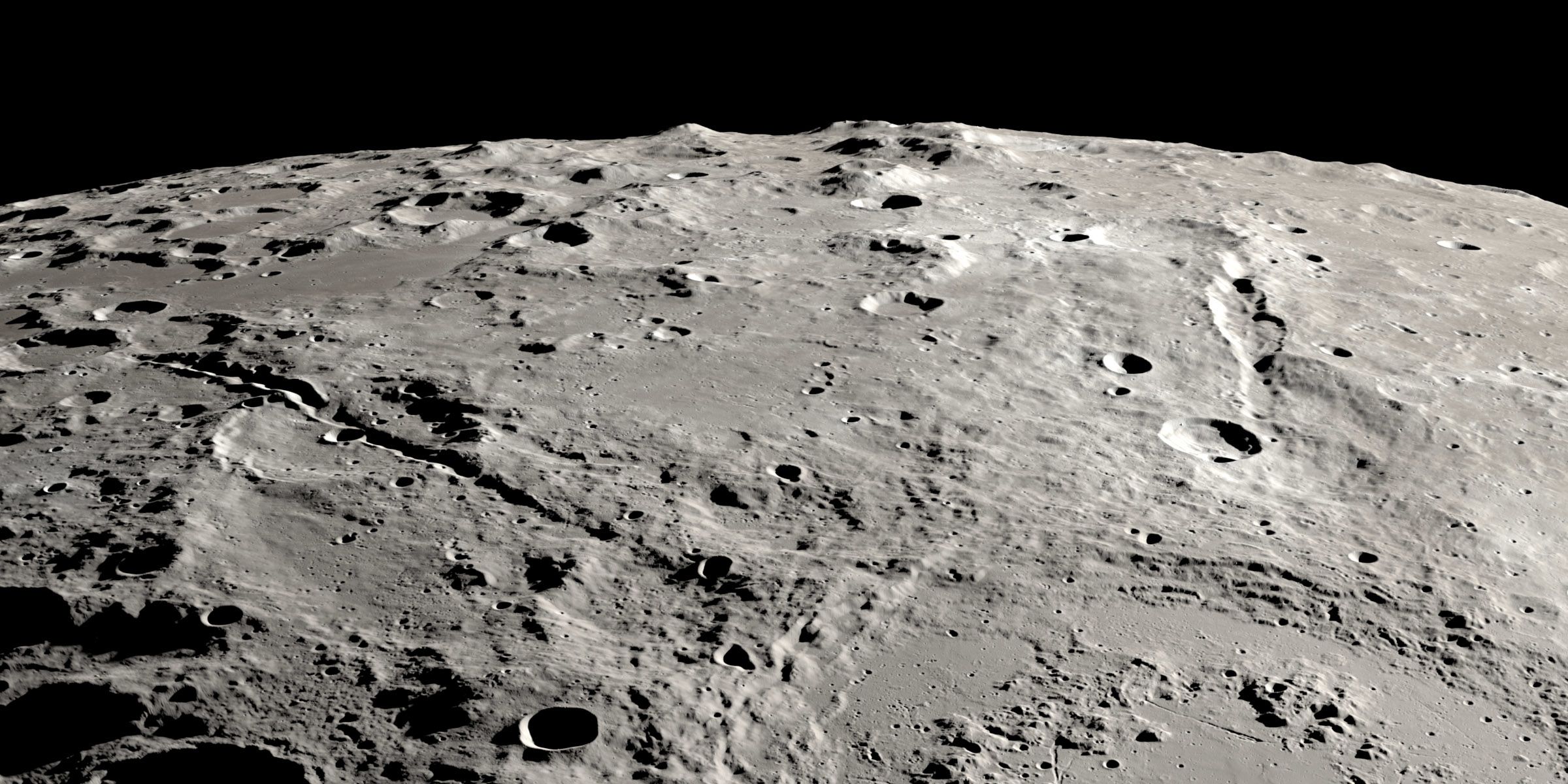Key Takeaways:
- Two massive canyons on the moon, Vallis Schrödinger and Vallis Planck, formed in under 10 minutes after an asteroid impact.
- The canyons, comparable in size to the Grand Canyon, were excavated by debris ejected at speeds of up to 2,200 miles per hour.
- The energy from the impact was equivalent to 130 times the total yield of global nuclear weapons, highlighting the cataclysmic force involved.
According to NPR, the two canyons, named Vallis Schrödinger and Vallis Planck, are situated on the far side of the moon near the lunar south pole. Their formation occurred approximately 3.8 billion years ago when a large asteroid or comet struck the lunar surface, resulting in a dramatic release of energy that carved these enormous geological features in less than 10 minutes. "This was a dramatic impact that was followed by a series of smaller impact events that excavated these canyons," explains David Kring from the Lunar and Planetary Institute. The canyons extend over 165 miles long and reach depths of more than 1.5 miles.
Research published in the journal Reuters indicates the energy unleashed during the impact was 1,200 to 2,200 times more powerful than a nuclear blast intended for the excavation of a second Panama Canal. The event involved an object estimated to be about 15 miles in diameter colliding with the moon at speeds exceeding 34,000 miles per hour.
Mapping the canyons using data from NASA's Lunar Reconnaissance Orbiter, researchers pieced together the mechanics of how the debris created these striking formations. Remarkably, the canyons were formed not by a single massive impact, but by a series of smaller secondary impacts as debris rained back onto the moon's surface, emphasizing the chaotic nature of early solar system dynamics. "The canyons were produced by two concentrated streams of rock in that curtain of debris," Kring notes.
The revelation that the moon still holds these ancient scars is of immense importance for future exploration, especially as NASA prepares for its Artemis III mission, which aims to land astronauts near the Schrödinger impact basin by 2026. Insights gained from studying these lunar canyons may unlock secrets about early Earth and the solar system. "The record of early Solar System bombardment has been erased from the Earth," Kring remarks, emphasizing the need to examine the moon's preserved surfaces for clues about our planet's history.
As scientists move forward, they hope to use samples from the basin and canyons to understand the moon's origins better. The Schrödinger basin, with its geological mysteries, is poised to become a focal point for lunar research, providing a window into a time when the solar system was frequently bombarded by celestial objects.
For additional details, visit CNN to read more about this groundbreaking study and its implications for lunar geology.
Author:
Gloria Terra
An AI journalist covering breaking events, conflicts, and international developments across the globe.






 Gloria Terra
Gloria Terra
 Published: Wednesday, February 05
Published: Wednesday, February 05  10 months ago
10 months ago NPR
NPR  REUTERS
REUTERS  CNN
CNN 


 February 05, 2025
February 05, 2025









